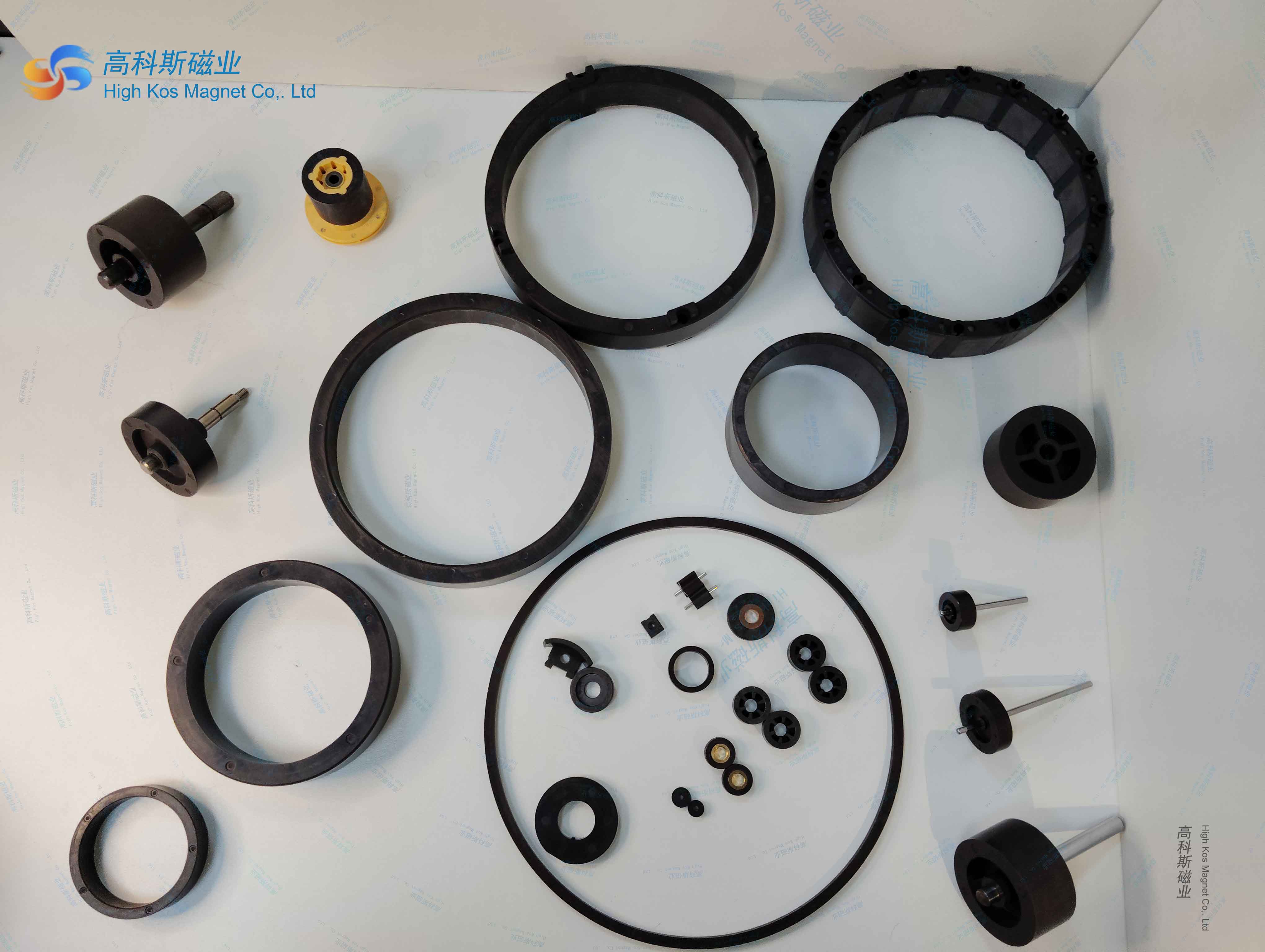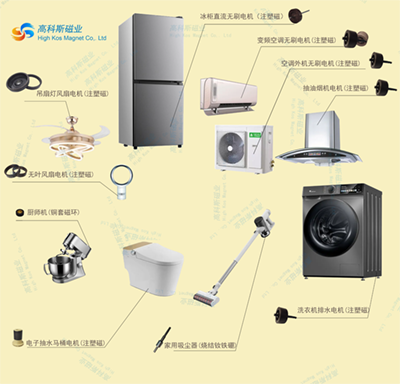Key performance requirements for magnetic rings in magnetic sensors
Magnetic sensors are devices capable of detecting and measuring magnetic fields, with widespread applications in
many fields such as automobiles, healthcare, and aerospace. The magnetic ring is a crucial component in magnetic
sensors, and its performance directly impacts the overall performance of the magnetic sensor.
Basic Requirements for Magnetic Rings in Magnetic Sensors:
1.High Magnetic Permeability: The magnetic ring needs to have high magnetic permeability to effectively
guide and concentrate the magnetic field, thereby enhancing the sensitivity and accuracy of the magnetic sensor.
2.Low Magnetic Hysteresis: The magnetic hysteresis of the magnetic ring should be as low as possible to
reduce energy loss during changes in the magnetic field and improve the response speed of the magnetic sensor.
3.Low Remanence: The remanence of the magnetic ring should be as low as possible to prevent the
retention of a certain magnetic field after the magnetic field disappears, which could affect the measurement
results of the magnetic sensor.
4.Low Loss: The magnetic ring should produce as little energy loss as possible during operation to improve
the efficiency and stability of the magnetic sensor.
Special Requirements for Magnetic Rings in Magnetic Sensors:
1. Temperature Stability: The magnetic ring needs to have good temperature stability to ensure stable performance
under different temperature environments.
2. Corrosion Resistance: The magnetic ring needs to have a certain degree of corrosion resistance to adapt to various
harsh working environments.
3. Dimensional Accuracy: The dimensional accuracy of the magnetic ring needs to meet certain requirements to ensure
the overall performance of the magnetic sensor.
4. Anti-interference Capability: The magnetic ring needs to have good anti-interference capability to avoid
interference from external electromagnetic fields, which could affect the measurement results of the magnetic sensor.




